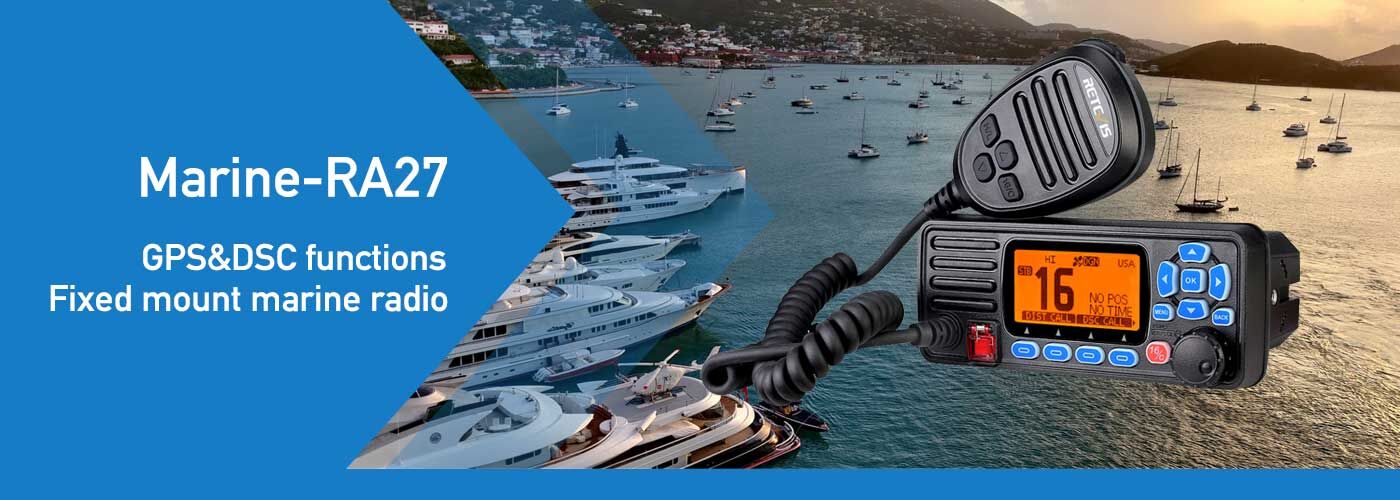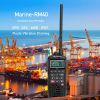Who must carry marine radio and types of marine radio

You must carry a marine band radio if you go more than five miles from the mainland shore. The choice of radios is up to you, it can be 27 MHz, VHF or HF.
When at sea, you must have your radio turned on and tuned to the distress frequency.
· For 27 MHz, this frequency is 27.88.
· For VHF, this frequency is channel 16.
· Not all Sea Rescue Groups monitor Channel 88 and VHF Channel 16.
Some of the VMR groups provide a log on and log off service, but not all and each operate at different times of the day and night. Therefore, contact your local radio base station prior to heading out on the water.
If your radio is logged on with a shore station such as a Sea Rescue Group, you can stay on the working frequency of the station.
When boating in the Northwest Cape region, we recommend that you carry a VHF radio. You must be qualified to use a VHF radio.
Types of marine radios
There are 3 types of marine radios.
| Radio type |
Facts and benefits |
Range |
Monitoring |
Emergency call information |
| VHF |
· Little more expensive. |
Line-of-sight (extended by high aerials and repeater stations) with a very high quality signal. |
Rescue groups monitor the distress channel and their own working channel. |
The emergency and call up channel is channel 16. Leave the radio on this channel to monitor any emergency traffic and respond to any calls. Establish communications on channel 16, then switch to another channel to have your conversation. Channel 67 is a supplementary distress channel. |
| MF/HF |
· Expensive and more difficult to operate. |
Much greater communication range (thousands of nautical miles) for vessels travelling long distances from shore. |
Rescue groups monitor the distress channel and their own working channel. |
The distress and calling channels are 4125, 6215 and 8291. Leave the radio on either of these channels to monitor any emergency traffic and respond to any calls. Establish communications on either channel 4125, 6215 or 8291, then switch to another channel if required to have your conversation. |
| 27 - MHz |
· Cheap, easy to operate transceivers and are common in small boats. |
Line-of-sight and they are prone to interference noise. |
Most volunteer marine rescue groups (at least during daylight hours). Sea rescue groups monitor the distress frequencies and their own working frequency. |
Emergency and call up: Channel 88. Leave the radio on this channel to monitor any emergency traffic and respond to calls. Establish communications on Channel 88, and then switch to another channel to have your conversation. Channel 86 is a supplementary distress frequency. |






